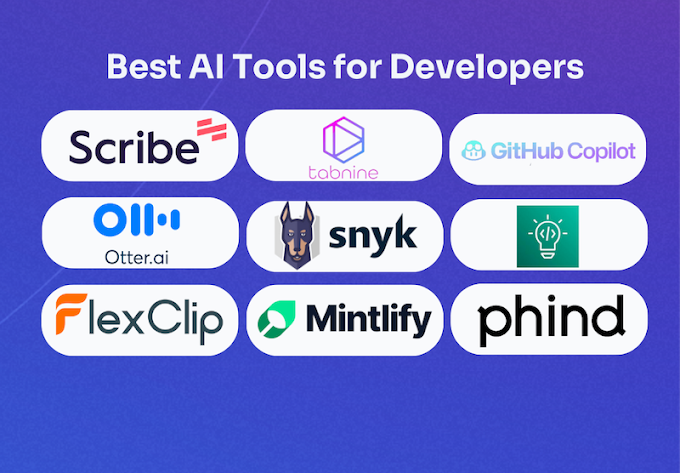Web scraping involves making an http request to a website's server to retrieve the html content of a web page, and then using a library or framework to parse that html and extract the data of interest.
There are many libraries and frameworks available for web scraping, but one of the most popular is beautiful soup, which is a python library for parsing html and xml. Here is an example of how to use beautiful soup to scrape data from a website:
import requests from bs4 import BeautifulSoup # Make an HTTP request to the website url = "https://www.example.com" response = requests.get(url) # Parse the HTML content using Beautiful Soup soup = BeautifulSoup(response.content, 'html.parser') # Find all the elements with a specific class elements = soup.find_all(class_='example-class') # Extract the data of interest for element in elements: print(element.text)
In this example, the requests library is used to make an http request to the website and retrieve the html content. The beautifulsoup library is then used to parse the html and extract the data of interest. The find_all() method is used to find all the elements with a specific class, and the text attribute is used to extract the text content of each element.
Keep in mind that web scraping can be against the terms of service of the website you are scraping and it can also cause performance issues on the website. It is always important to check a website's terms of service and to be respectful of their servers by implementing a delay between requests or using a cache.
It's also important to mention that some websites might use anti-scraping techniques like ip blocking, captchas, or legal actions to prevent scraping, so it's important to be aware of the risks and to take appropriate measures to avoid detection.





0 Comments
Thanks for comment.